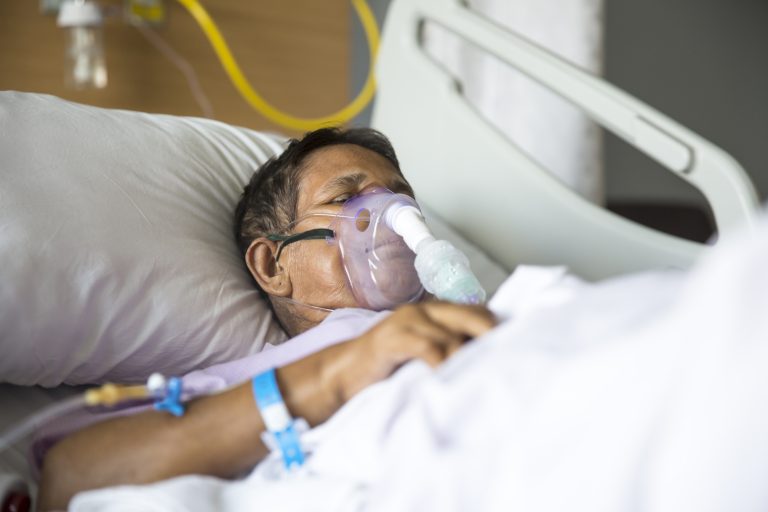
The National Institutes of Health has released its first iteration of treatment guidelines for COVID-19 developed by an expert panel comprising 30 people including statisticians and physicians, many of whom are directly involved in providing care for patients affected by the virus.
The guidelines—based on published and preliminary data—are posted online (covid19treatmentguidelines.nih.gov) and will be updated regularly as new data from peer-reviewed scientific literature and other authoritative information emerges.
The expert panel is co-chaired by:
- Roy M. Gulick, M.D., chief of the Infectious Disease Division at Weill Medical Hospital of Cornell University, New York City
- Clifford Lane, M.D., clinical director of the National Institute of Allergy and Infectious Diseases, National Institutes of Health
- Henry Masur, M.D., chief of the Critical Care Medicine Department at the NIH Clinical Center
Members of the guidelines panel, appointed by the co-chairs, were chosen based on their clinical experience and expertise in patient management, translational and clinical science, and/or the development of treatment guidelines. They include 30 experts drawn from U.S. healthcare and academic organizations, federal agencies, and professional societies.
The guidelines provide treatment guidance antivirals and immune-based therapies—two categories of therapies currently used for treating COVID-19 patients. To date, antivirals have been used in an attempt to target the coronavirus directly, while host modifiers and immune-based therapies have sought to influence the immune response to the virus or target the virus.
The published guidelines for these two treatment classes includes the various agents that have been used and provides a distilled summary of recommendations for each therapeutics based on the panel’s assessment the treatments. Each summary contains information about each agent including clinical data about its use, any known interactions with other drugs, and information from any ongoing clinical trials.
In addition, the guidelines also methods for the evaluation and stratification of patients based on their risk of infection and severity of their illnesses to provide best practices for how to manage patients based on the stage of their infection, such as:
- Outpatients who are either asymptomatic or who have mild to moderate symptoms and are self-isolating Inpatients with severe illness or critical disease
- Special considerations for pregnant women and for children who are infected are also included
One section of the guidelines deals specifically with the range of considerations clinicians must take into account for the most critically ill patients including recommendations on which patients require critical care with information for these patients concerning infection control procedures, hemodynamic and ventilatory support, and drug therapy.
Finally, the guidelines include recommendations concerning the use of concomitant medications. These include statins, corticosteroids, non-steroidal anti-inflammatory drugs and certain drugs used to control hypertension known as ACE inhibitors and ARBs.













